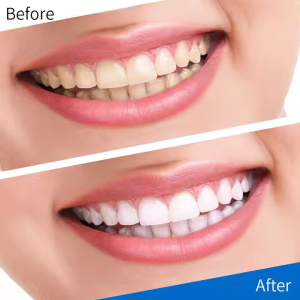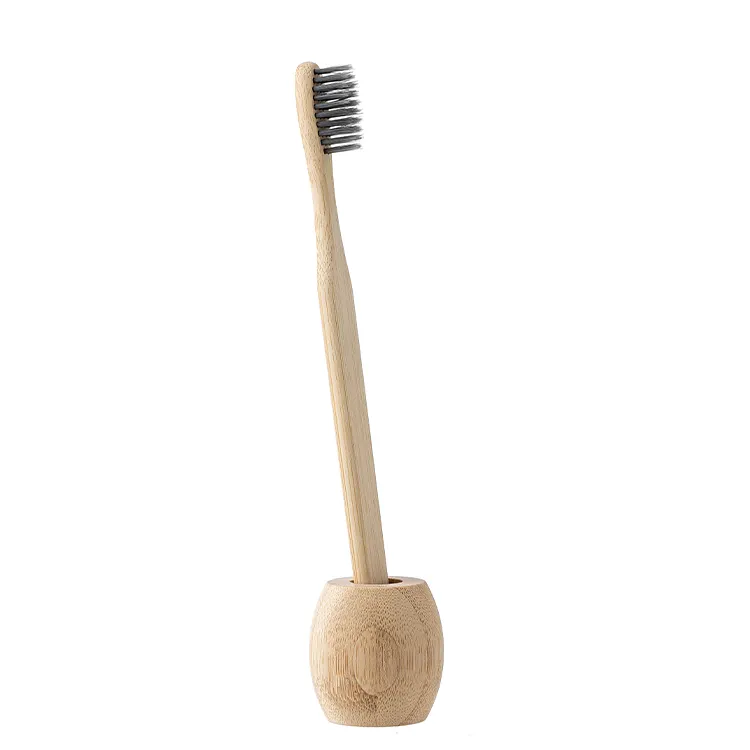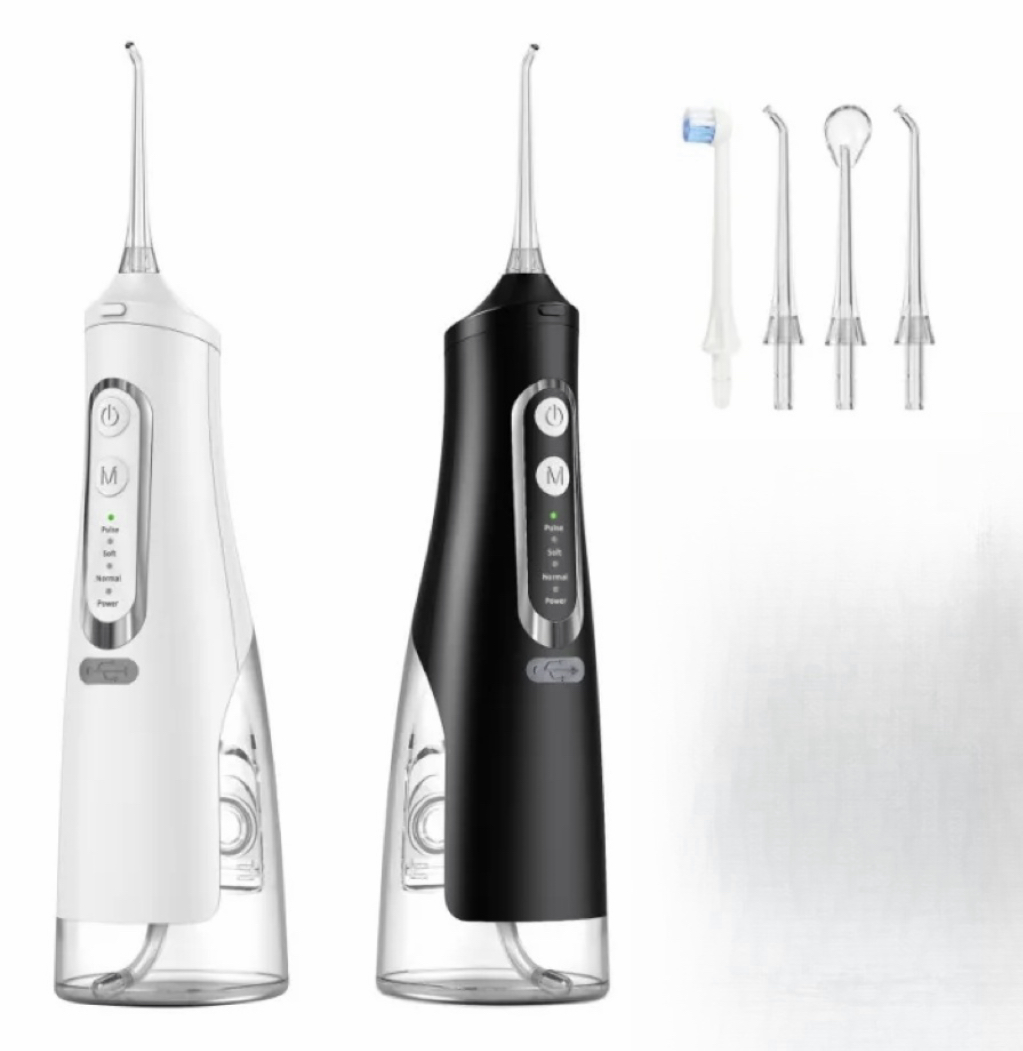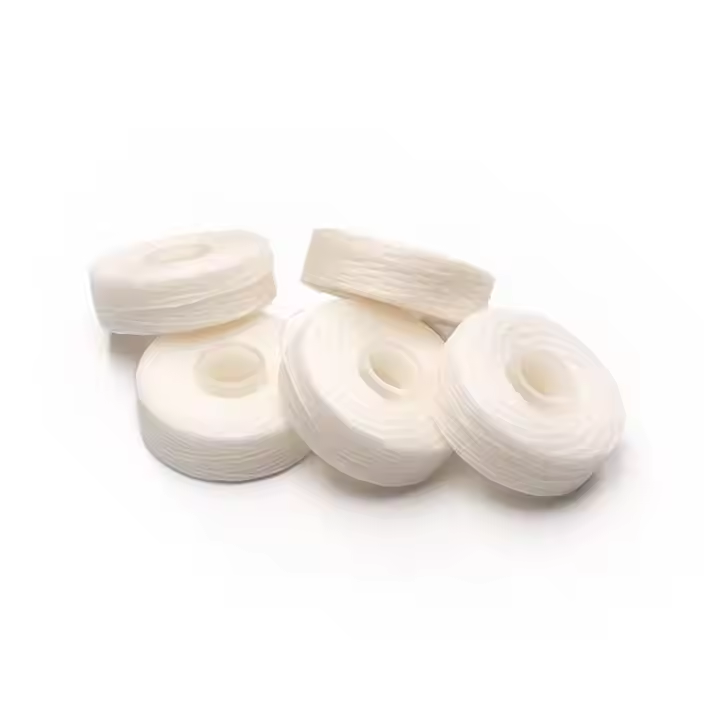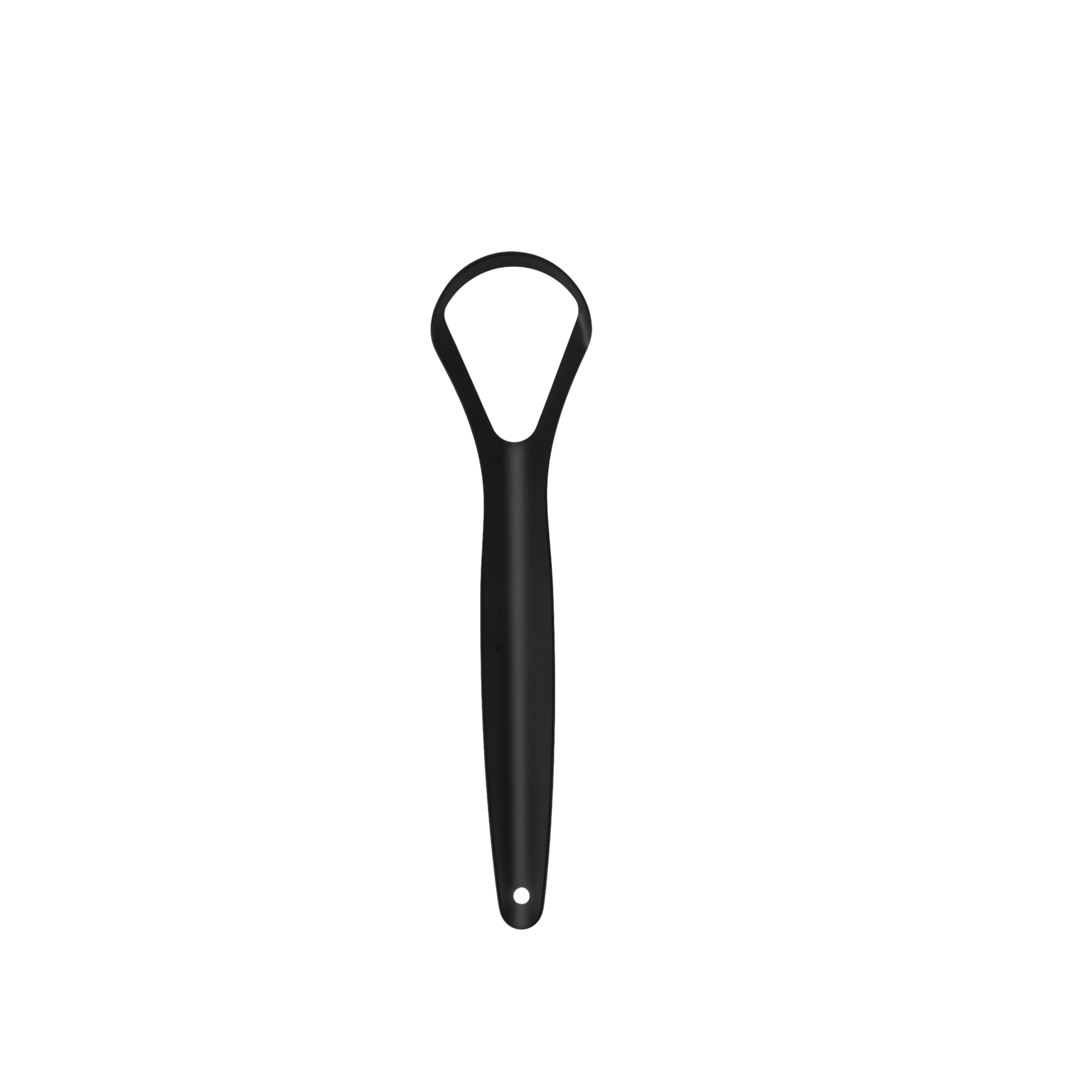In an era where consumers increasingly prioritize safety, sustainability, and holistic wellness, natural teeth whitening strips have emerged as a game-changer in oral care. Unlike conventional strips laden with harsh chemicals like hydrogen peroxide, these innovative alternatives harness plant-based ingredients and ancient remedies to brighten smiles without compromising enamel or gum health. Let’s explore why natural whitening strips are gaining traction and how they redefine at-home dental care.
1. The Science Behind Natural Teeth Whitening Strips: Gentle Yet Effective
Natural teeth whitening strips rely on ingredients like coconut oil, activated charcoal, and essential oils to lift stains—ingredients clinically shown to break down surface discoloration while preserving the mouth’s microbiome. Unlike peroxide-based strips, which oxidize stains through enamel-penetrating free radicals, natural alternatives work by adsorbing impurities and polishing teeth gently.
Activated charcoal, a star ingredient in products like Amore Paris, binds to tannins from coffee, wine, and tobacco, acting like a magnet for extrinsic stains. Meanwhile, Salvadora Persica stem (used in Cleopatra’s Natural Whitening Powder) offers antimicrobial benefits, promoting gum health alongside whitening. These methods avoid enamel erosion, a common side effect of traditional peroxide treatments.
2. Why Choose Natural Teeth Whitening Strips? Key Selling Points
Safety First
Natural strips cater to sensitive teeth and gums. Clinical tests confirm their non-abrasive formulas reduce risks of gum recession and enamel thinning.
Eco-Conscious Formulations
Brands like prioritizing sustainability, offering biodegradable packaging and vegan-friendly ingredients. Their plant-based gels avoid synthetic additives, aligning with the clean beauty movement.
Holistic Oral Health
Beyond whitening, ingredients like peppermint oil and xylitol combat bad breath and bacteria, fostering a balanced oral microbiome.
3. User Experiences and Tips for Optimal Results
Reviews of highlight its “refreshing mint flavor” and lack of post-application sensitivity, though some note the adhesive gel can feel sticky. To maximize efficacy:
Prep Properly: Brush with a natural toothpaste beforehand to remove plaque.
Avoid Stain Triggers: Limit coffee, red wine, and smoking during treatment.
Consistency is Key: Use strips daily for 7–14 days, then weekly for maintenance11.
4. The Future of Natural Teeth Whitening Strips
Innovations are on the horizon. Brands are experimenting with nanotechnology to target intrinsic stains without abrasion and LED-enhanced gels for faster results. Additionally, hybrid products like Cleaner Smile’s Whitening Kit merge natural ingredients with LED tools, bridging the gap between holistic care and tech-driven efficacy.
Conclusion: A Brighter, Healthier Smile
Natural teeth whitening strips are more than a trend—they’re a shift toward mindful, long-term oral care. By prioritizing ingredients that nurture rather than strip. As research evolves, expect even smarter formulations that marry nature’s wisdom with cutting-edge science. For those seeking a safer, eco-friendly path to whitening, the future looks bright—and brilliantly natural.
